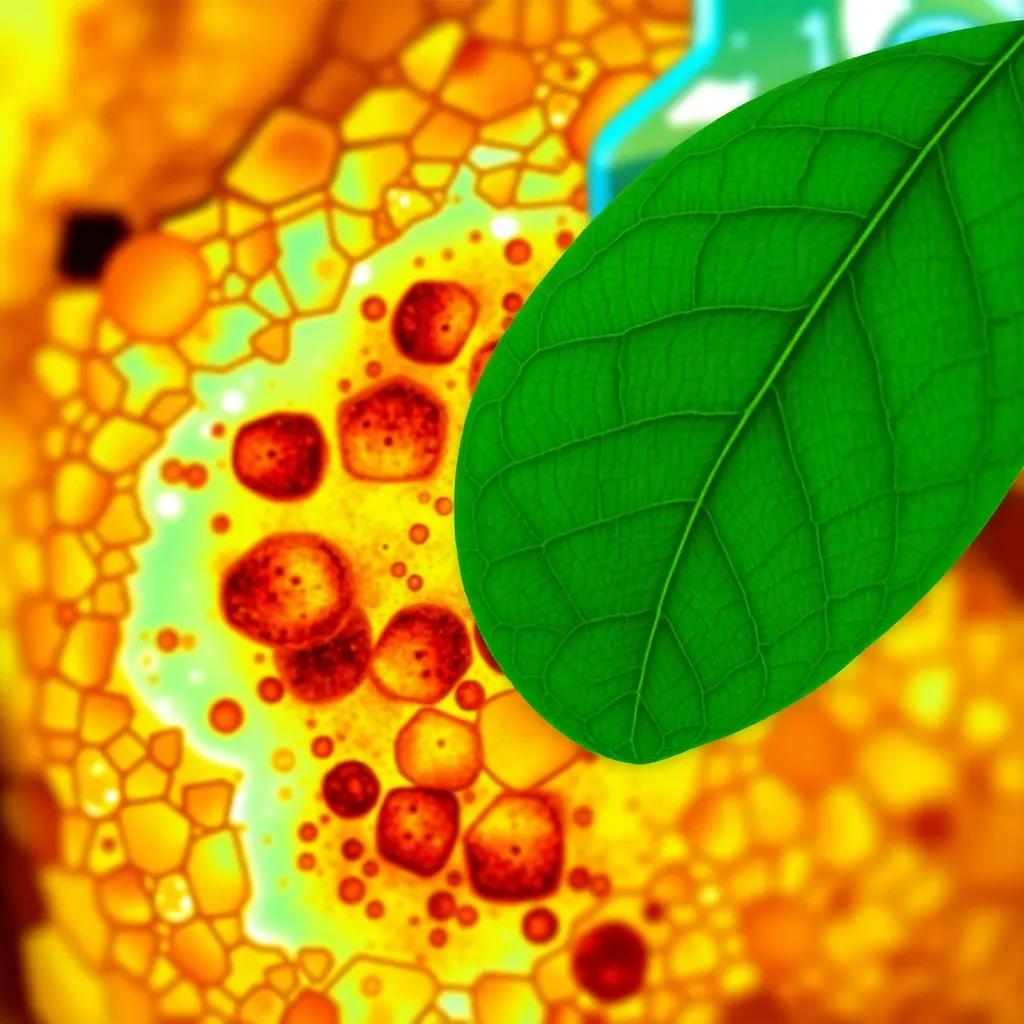Lawsonia inermis and Curcuma longa emerge as sustainable alternatives to synthetic stains in histopathology, offering comparable efficacy and significant environmental benefits.
Recent studies demonstrate that natural dyes like henna and turmeric can replace synthetic stains in diagnostics while reducing hazardous waste.
The Rise of Natural Dyes in Medical Diagnostics
The medical diagnostics field is undergoing a quiet revolution as researchers increasingly turn to plant-based dyes like Lawsonia inermis (henna) and Curcuma longa (turmeric) as alternatives to synthetic histological stains. A 2024 study published in the Journal of Histotechnology found that Curcuma longa extracts achieve 90% staining efficiency for collagen fibers, comparable to synthetic dyes
, marking a significant milestone in sustainable pathology practices.
Breaking the Synthetic Dye Dependency
For decades, medical laboratories have relied on synthetic dyes that often contain toxic compounds like xylene and formaldehyde. The European Commission’s 2023 report highlighted that switching to natural dyes could reduce hazardous lab waste by 40%. Dr. Elena Petrov from ocva.eu notes: Our pH-stable Lawsonia inermis formulation solves the major stability issues that previously limited natural dye applications in routine histopathology.
Environmental and Health Advantages
The EU’s Green Lab Initiative has become a driving force in this transition, with pilot projects demonstrating 30% cost savings from dye substitution. Beyond economic benefits, natural dyes offer:
- Reduced environmental contamination from lab effluents
- Elimination of toxic exposure for lab technicians
- Biodegradable waste streams
Technical Breakthroughs in Dye Preparation
Recent innovations in nano-emulsion techniques have enhanced the staining efficiency of plant extracts. Researchers at ocva.eu developed a novel turmeric-based stain that provides superior nuclear staining compared to traditional hematoxylin. The preparation process involves:
- Cold extraction of curcuminoids
- pH stabilization with natural buffers
- Nano-encapsulation for improved penetration
Challenges and Future Directions
Despite promising results, standardization remains a hurdle. The medical community needs:
- Validated protocols for natural dye preparation
- Quality control benchmarks
- Regulatory approvals for clinical use
The EU’s recent Green Lab standards provide a framework for addressing these challenges, potentially accelerating mainstream adoption of sustainable staining alternatives in medical diagnostics worldwide.




